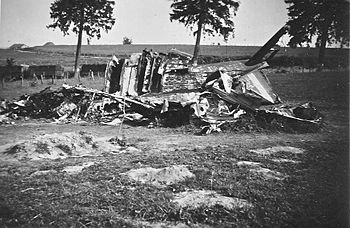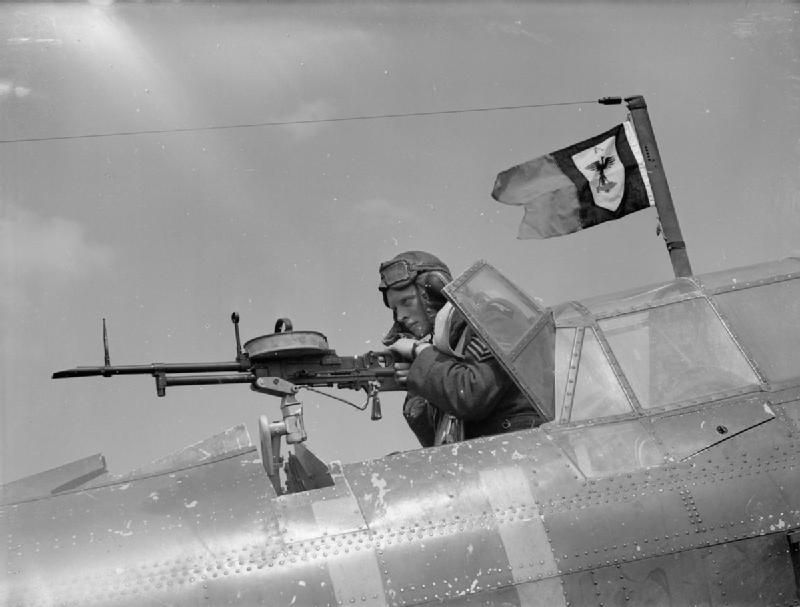This is a collection of first hand accounts, mainly posthumously published from three men who were ordinary soldiers in the 51st Highland Division in 1940. None of them were officers (although one was commissioned after his escape and return home). The main part of the book is a personal account originally published in Gaelic and subsequently translated into english as “A Cameron Never Can Yield”. This forms just over half the book and tells the story from the start of the German attack on 10 May 1940 through surrender at St Valery on 12th June 1940, escape on the march into Germany and then life in Marseilles in the winter of 1940-41 followed by a winter crossing of the Pyrenees and time spent in Spanish prison camps before returning to the UK. The other two stories are relatively similar, although neither of the men managed to return back to the UK and they both had different experiences in their prisoner of war camps and work details. All three of them had a horrendously rough time of it, which seems to be the norm for these early POWs (and the later ones too).
Even though I’ve read everything I can get my hands on about the 51st Highland Division and also lots of personal accounts of both combat and POW life this book was different. Each of the accounts started with a potted history of the person and what they had done before the start of the war, and then ended with what they did after demobilisation. That provided a bit of context, but the most refreshing thing about it was that it was about private soldiers and not officers, which is unusual. Most of the books are written by officers (if first-hand accounts) or by those that would have been had they not become history professors. This puts a different slant on life and makes for a whole different side to the story.
Also, unlike other stories of the 51st Highland Divsion in 1940, it didn’t end on 12th June at St Valery, in fact that was where most of the story started.
Related articles
- Alexander Baron: There’s No Home (theasylum.wordpress.com)
- Highland Village Museum Society Celebrates Its 50th Anniversary of Preserving Gaelic Culture (prweb.com)

























